Phlegm-Fluids
The information provided here is not a replacement for a doctor. You shouldn't use it for the purpose of self-diagnosing or self-medicating but rather so you can have a more informed discussion with a professional TCM practitioner.
At a glance
Preliminary reading: What is a pattern? The concept of Phlegm The concept of Body Fluids
Key attributes
Chinese name: 痰饮 Pinyin name: Tán Yǐn
Pattern nature: Full combined pattern
Pattern(s) it combines from: Phlegm Pathological Body Fluids
Causes
Common causes: 1. Emotional stress, 2. External environments, 3. Diet
Diagnosis
Common symptoms: Oedema Coughing No sweat Chest fullness No desire to drink and five other symptoms
Pulse type(s): Wiry (Xian)
Tongue description: swollen tongue with sticky white or yellow coating
Treatment
Treatment principle: Tonify the Deficient Yang, dispel Empty Cold, drain Dampness, Fluids and Phlegm through sweating, urination or other methods.
Common formulas: Er Chen Tang Wen Dan Tang Wu Ling San and one other formulas
Pathology
Both Phlegm and Fluids here are the pathological fluid wastes that fails to be expelled or drained out of the body. Then they can accumulate and settle down in any body parts, such as the Organs, Channels, joints, limbs and etc. If these Body Fluids store between the skin and muscle, they are called 'Oedema' specifically.
Phlegm and Fluids are different but closely related. Accumulated pathological water is called Fluids (Yin 饮). It is often thin and watery like sputum. The concept is similar to Dampness. Accumulated Fluid or Yin become Phlegm (Tan 痰), which is more sticky, thick and turbid.
Phlegm-Fluids is a type of Substantial Phlegm characterized by white, very watery and thin sputum. It can sometimes actually be heard splashing in the body. The fundamental causes of this pattern is the Spleen or Kidney Yang Deficiency which gives rise to Empty-Cold. Therefore, it is necessary to use warm herbs or formulas that drains water though urination or sweating.
The term 'Phlegm-Fluids' has its general or specific meaning. The general one refers to all Phlegm-Fluids patterns including the following 4 main ones:
- Phlegm-Fluids in the Stomach and Small intestine (Tan Yin, 痰饮)
- Phlegm-Fluids in the hypochondrium (Xuan Yin, 悬饮)
- Phlegm-Fluids in the limbs (Yi Yin, 溢饮)
- Phlegm-Fluids above the diaphragm (Zhi Yin, 支饮)
The specific meaning refers to the first pattern: Phlegm-Fluids in the Stomach and Small intestine (Tan Yin, 痰饮)
Causes
Emotional stress : Emotional stress can damage the Qi movement functions of the Lungs, Spleen and Kidneys. Therefore they are not able to circulate Body Fluids and accumulate Phlegm.
External environments : External Wind, Cold, Heat, Fire and Summer Heat and Dampness can invade body and give rise to the formation of Phlegm.
Diet : Excessive intake of fried or greasy foods such as deep-fried foods, milk, cheese, butter, avocados, nuts and nut butter, chips and fried foods produce Dampness and obstruct the Spleen function. This leads to Phlegm, which causes symptoms such as sinusitis, nasal discharge, heavy and fuzzy feeling in the head, dull headaches and etc.
Diagnosing Phlegm-Fluids
Diagnosing a pattern in Chinese Medicine is no easy feat and should be left to professional practitioners. In particular one has to know how to differentiate between different types of pulses and tongue coatings, shapes and colors as well as learn to read from a long list of seemingly unrelated symptoms.
Pulse type(s): Wiry (Xian)
Tongue description: swollen tongue with sticky white or yellow coating
Main symptoms: Oedema Coughing No sweat Chest fullness No desire to drink Shortness of breath Vomiting of watery fluids Feeling of heaviness of body Abdominal distention and fullness Hypochondrial pain that is worse on coughing and breathing
Diagnosis commentary: Key characteristic symptoms of this pattern are the chest, abdomen and muscle fullness and pain.
Treating Phlegm-Fluids
Treatment principle
Tonify the Deficient Yang, dispel Empty Cold, drain Dampness, Fluids and Phlegm through sweating, urination or other methods.
Herbal formulas used to treat Phlegm-Fluids
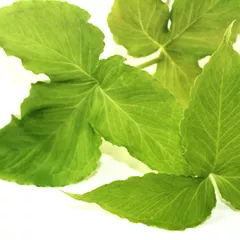
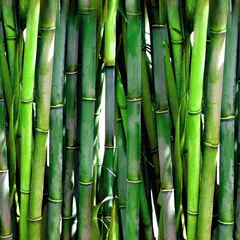
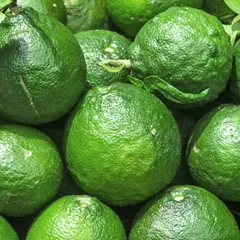
The top herbs in Wen Dan Tang are Crow-Dipper Rhizomes (Ban Xia), Bamboo Shavings (Zhu Ru) and Immature Bitter Oranges (Zhi Shi)
Wen Dan Tang
Source date: 1174 AD
Number of ingredients: 8 herbs
Key actions: Clears Phlegm. Clears Gallbladder. Regulates Qi. Harmonizes the Stomach.
Formula summary
Wen Dan Tang is a 8-ingredient Chinese Medicine formula. Invented in 1174 AD, it belongs to the category of formulas that dry Dampness and transform Phlegm.
Besides Phlegm-Fluids, Wen Dan Tang is also used to treat Phlegm Misting the Heart or Gallbladder Deficiency.


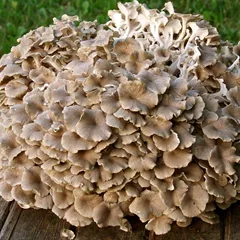
The top herbs in Wu Ling San are Water Plantain (Ze Xie), Poria-Cocos Mushrooms (Fu Ling) and Polyporus (Zhu Ling)
Wu Ling San
Source date: 220 AD
Number of ingredients: 5 herbs
Key actions: Promotes urination,. Warms the Yang. Strengthens the Spleen. Promotes Qi transformation function. Drains Dampness. Clears edema.
Formula summary
Wu Ling San is a 5-ingredient Chinese Medicine formula. Invented in 220 AD, it belongs to the category of formulas that promote urination and leach out Dampness.
Besides Phlegm-Fluids, Wu Ling San is also used to treat Yin Excess or Kidney Yang Deficiency with Water overflowing.

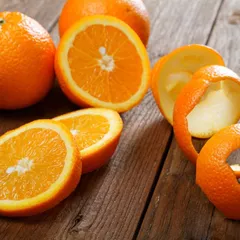

The top herbs in Er Chen Tang are Crow-Dipper Rhizomes (Ban Xia), Tangerine Peel (Chen Pi) and Poria-Cocos Mushrooms (Fu Ling)
Er Chen Tang
Source date: 1148 AD
Number of ingredients: 5 herbs
Key actions: Dries Damp and dispels Phlegm. Regulates Qi and harmonizes the Middle Burner (Stomach and Spleen).
Formula summary
Er Chen Tang is a 5-ingredient Chinese Medicine formula. Invented in 1148 AD, it belongs to the category of formulas that dry Dampness and transform Phlegm.
Besides Phlegm-Fluids, Er Chen Tang is also used to treat Damp-Phlegm in the Lungs or Damp-Phlegm.

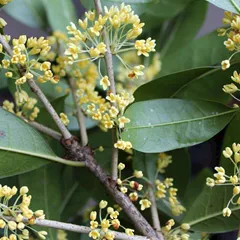

The top herbs in Ling Gui Zhu Gan Tang are Poria-Cocos Mushrooms (Fu Ling), Cinnamon Twigs (Gui Zhi) and Atractylodes Rhizomes (Bai Zhu)
Ling Gui Zhu Gan Tang
Source date: 220 AD
Number of ingredients: 4 herbs
Key actions: Warms and transforms Phlegm-Fluids. Strengthens the Spleen. Resolves Dampness.
Formula summary
Ling Gui Zhu Gan Tang is a 4-ingredient Chinese Medicine formula. Invented in 220 AD, it belongs to the category of formulas that warm and transform water and Dampness.
Besides Phlegm-Fluids, Ling Gui Zhu Gan Tang is also used to treat Phlegm-Fluids in the Stomach and Small intestine or Cold-Phlegm in the Lungs.
